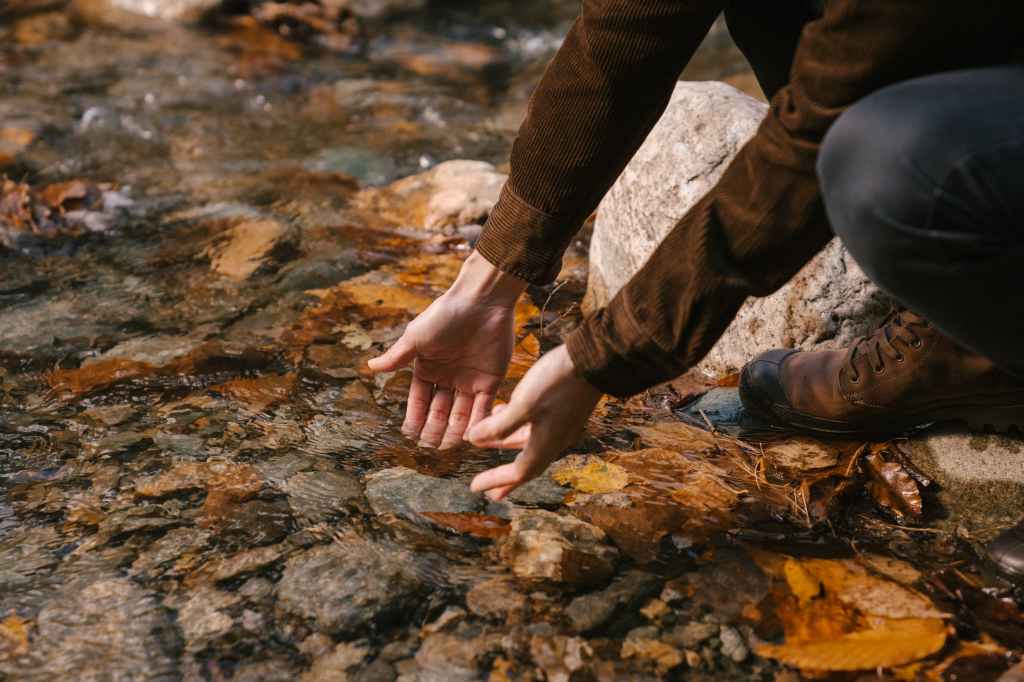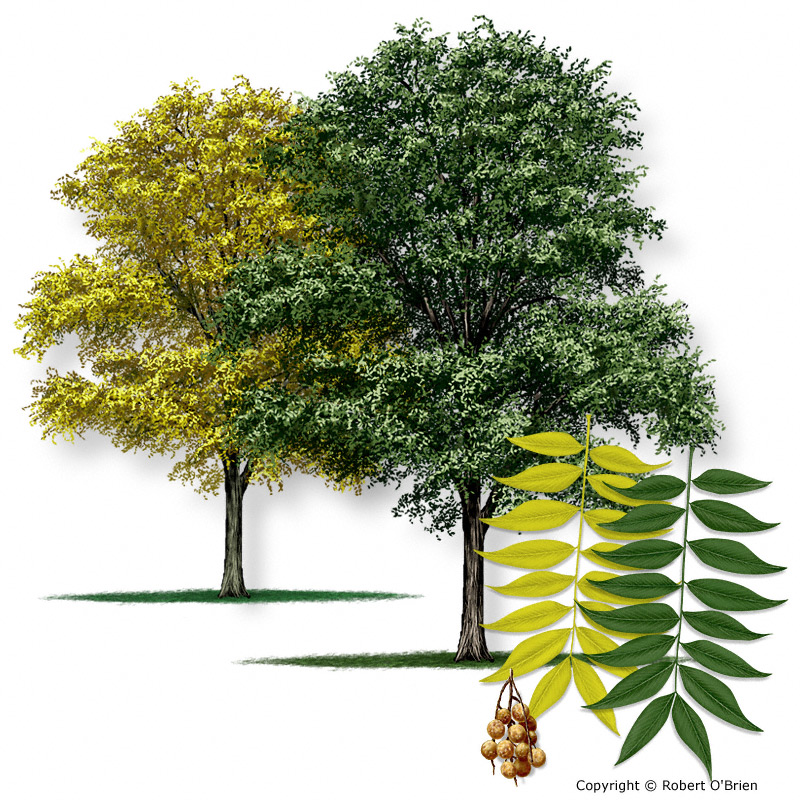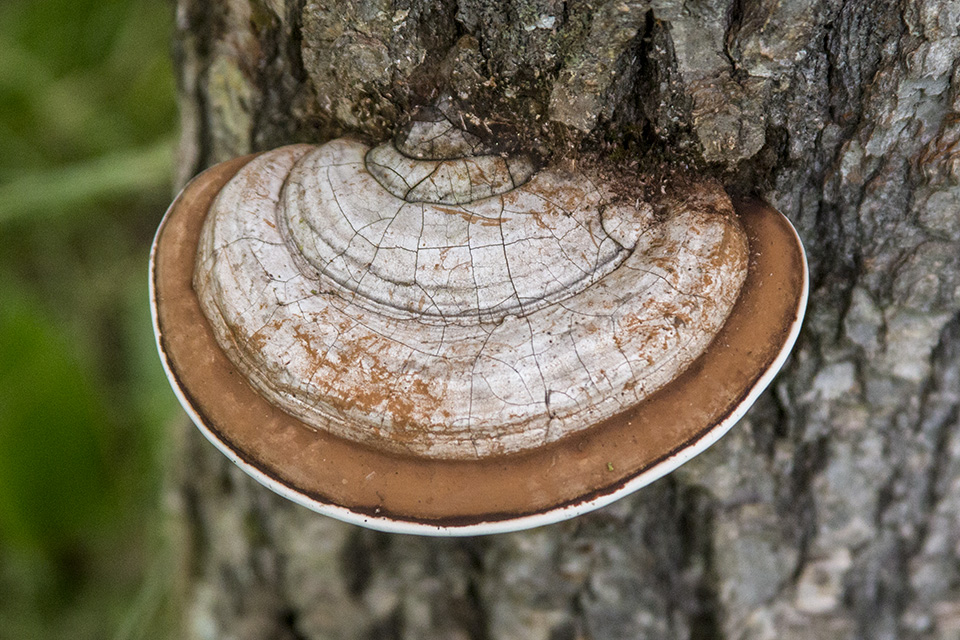
5 Easy Plants & Mushrooms for Hygiene
There’s great joy in staying out in the woods for days and days. We reset our internal clocks to the natural flow we evolved with, rather than the artificial time created by electric lights and glowing computer screens. But one potentially good, modern obsession is that of bathing. True, many Native American people and also Vikings were known to take pride in the cleanliness of their bodies. But many modern bushcrafters consider washing to be the thing they do when they return to civilization. Keeping clean in the woods is too difficult or uses chemical soap that shouldn’t be introduced into the environment (including so-called “camp soap”). However, there are some plants and mushrooms that provide natural and easy cleaning power.

The main purpose of bush hygiene is to reduce/remove bad bacteria and fungi that’s growing on you. This reduces the chances of infections and food-borne illness. Not stinking is just a side benefit! There are two basic mechanisms that can be used to free yourself of these harmful microbiota - kill them with antimicrobial compounds or dislodge them with soap compounds.

Let’s start with natural soaps. A number of plants produce chemicals known as saponins which is just the fancy chemical word for soap molecules. In soft water, these plants can actually produce a nice lather. Please keep in mind that even though these compounds are natural and broken down easily in the environment, you should not use them directly in a water source. The soaps can interfere with fish gills, causing them to suffocate. You should be at least 200’ away from the stream, pond, or lake.
Soapberry Tree
(Sapindus Saponaria L.)

Soapberry Tree (Sapindus Saponaria L.) – this is a small-to-medium tree, sun-loving, topping out at 40’. Its compound leaves are a glossy green and remain on the tree throughout the year. In the fall clusters of yellow/orange, translucent fruit appear, about the size and arrangement of grapes. These berries are the source of the soap, and only a few are needed to make a fine lather. Dried/dehydrated soapberries retain the soap powers. Two berries per cup of water is a good ratio and can be used as a shampoo or bodywash.
Buckeye Tree
(Aesculus spp.)


Buckeye Tree (Aesculus spp.) – the nuts of these trees, also known as horse chestnuts, appear in the fall. The crushed nuts will lather in water, though somewhat less than soapberries. Other times of the year chopped up roots of young buckeyes can also be used if there’s plenty of the trees around. These trees prefer the shade inside woods, grow to 60’ tall, and have distinctive compound leaves with five leaflets in a circle. The two leaflets closest to the leaf stem will be smallest, the next two larger, and the center leaflet the biggest. The leaflets are thicker towards their tips and have serrated edges. Use 3-4 crushed nuts or ½ cup chopped roots in a quart of water.
Soap can require a lot of water to rinse off the body, which needs to be hauled from the water source and ideally boiled to render it safe to use to wash the body. This requires a lot of time and energy. The other method, killing the bacteria and fungi, is a bit simpler and requires less effort and resources. However, it isn’t quite as effective. The following plants and mushrooms can make an antimicrobial bodywash that will cut down the amount of stuff growing on you.
Oak Tree
(Quercus spp.)

Oak Tree (Quercus spp.) – the bark, leaves, acorns, and galls of oaks are high in tannic acid, which is a decent killer of microbes. Better still are “oak galls”, the small, wooden balls that are found on oaks during the summer. Oak galls are the result of gall wasps laying their eggs in the bark of young oak trees, causing the ball to form around the egg. Oak galls are loaded with gallic acid which is even a stronger antimicrobial than the tannic acid. Boil 1 cup of crushed oak bark, leaves, acorns, or galls in 1 quart of water, let it cool to a safe temperature, then use a bandana soaked in the resultant dark “tea” to wipe down your body. When done, boil the bandana with fresh oak material to sterilize it.
Witch Hazel
(Hamamelis virginiana)

Witch Hazel (Hamamelis virginiana) – like oaks, the bark of witch hazel shrubs is high in tannic acid and has been used medicinally for centuries. Witch hazels grow 15’-20’ tall in full sun to partial shade. They have multiple, thin trunks. Leaves are oval in shape, 2.5” to 6” in length, and drop off in the fall. After the leaves fall, bright yellow flower clusters appear, with each bloom having four very slender petals. They are often the only source of color in the woods when they appear. Boil 1 cup of shredded bark in 1 quart of water, let cool, then rub your body with the astringent fluid.
Artist’s Conk Mushroom
(Ganoderma applanatum)

Artist’s Conk Mushroom (Ganoderma applanatum) – these mushrooms, which only grow on dead wood, are often called shelf or bracket mushrooms. They can reach up to 24” across but usually max out around 10” in diameter. The topside of the caps are tan to gray, showing rings from previous years’ growth. The undersides are creamy white and covered with tiny holes instead of gills. These holes are the source of its classification as a polypore fungi. Shave off 1 cup of artist’s conk mushroom and simmer just below boiling for 5 minutes. Like with the oak, soak a bandana in the cooled liquid and give your body a slow rubdown. If you can’t find artist’s conk, other polypore mushrooms growing on dead wood will also work.
Go wild, stay clean, carry less!



